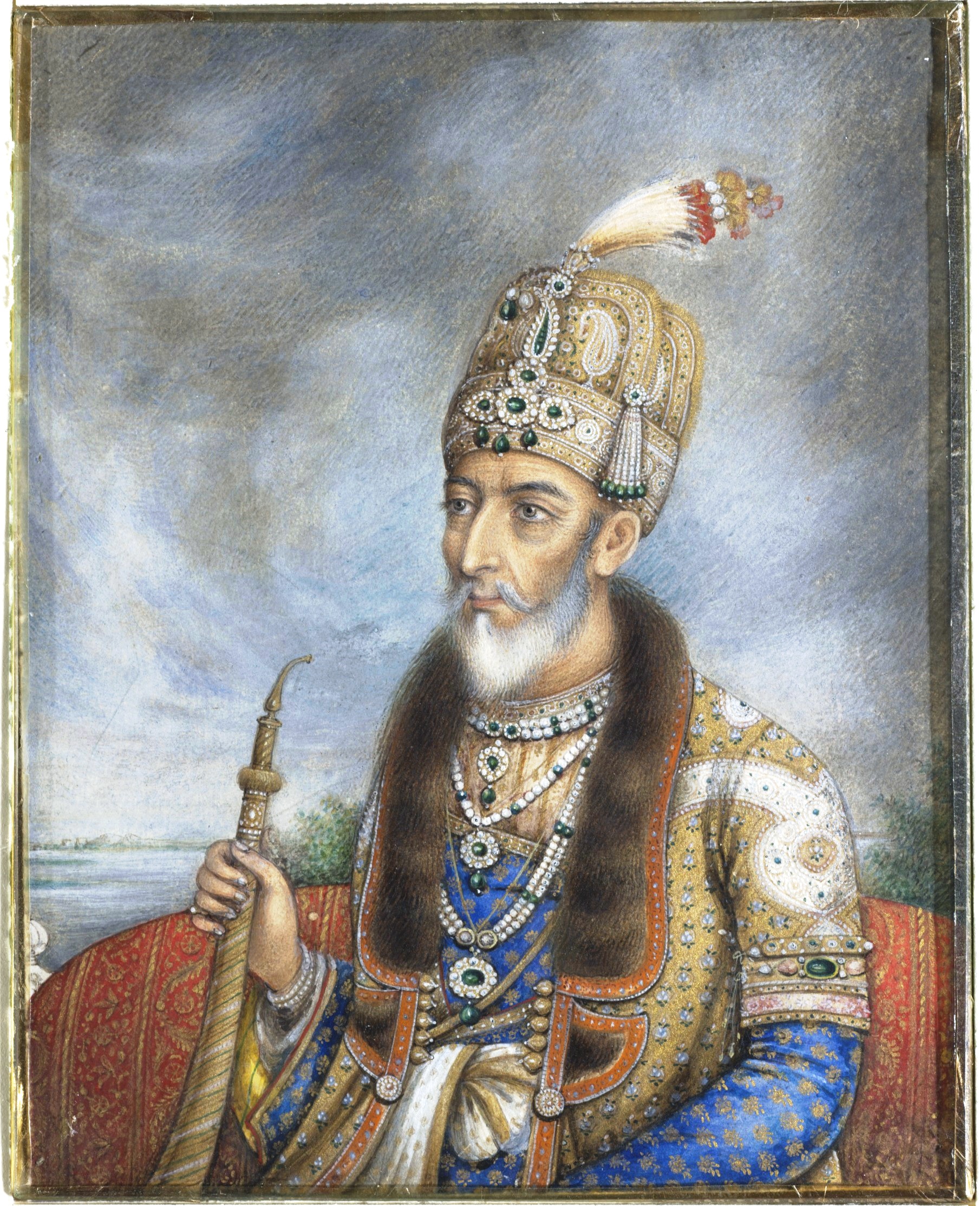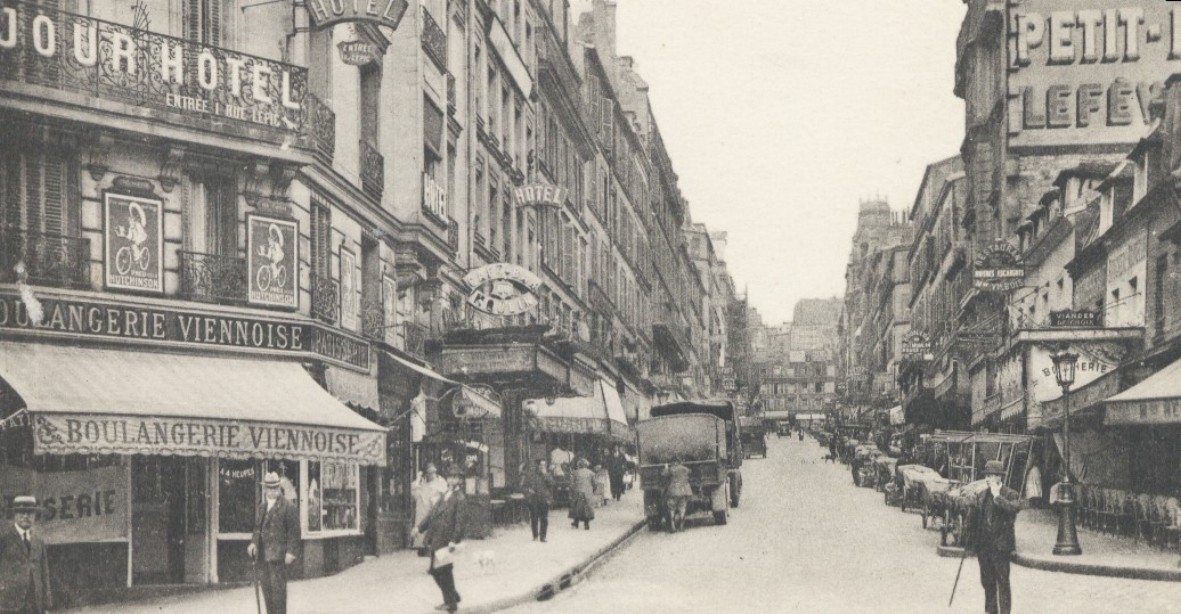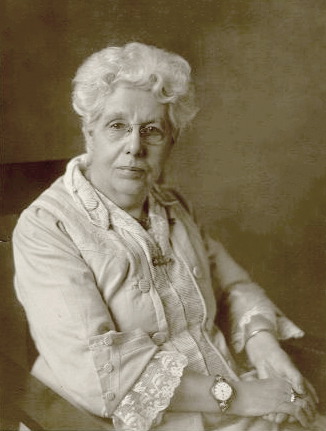|
Subramanya Siva
Subramaniya Siva (4 October 1884 – 23 July 1925) was an Indian freedom fighter, writer and pure Tamil movement activist during the Indian independence movement. Life Subramaniya Siva was born in a Tamil Brahmin Iyer family at Batlagundu near Dindigul in erstwhile Madurai district of Madras presidency. He was born to Rajam Iyer. He joined the Indian freedom movement in 1908. In 1908, he was arrested by the British and was the first political prisoner in Madras jail. While serving a prison term, he was afflicted by leprosy and was shifted to Salem jail. Since leprosy was regarded as a contagious disease, the British authorities forbade him to travel by rail after his release and hence he was forced to travel on foot. He continued to fight for independence and was incarcerated many times until 1922. He was the author of the journal ''Gnanabhanu'' and books ''Ramanuja Vijayam'' and ''Madhva Vijayam''. He eventually succumbed to leprosy on 23 July 1925. Pure Tamil Movement ... [...More Info...] [...Related Items...] OR: [Wikipedia] [Google] [Baidu] |
Batlagundu
Batlagundu is a town in Nilakottai block in Dindigul district in the Madurai Region state of Tamil Nadu, India. The name Vetrilai kundru (Betel leaf hill) later transformed and changed to Vathalagundu. The town is the major gateway to Kodaikanal. Subramaniya Siva was a writer, Indian Freedom Fighter, and activist born in Batlagundu. Batlagundu is the fifth-largest town in the Dindigul district. The town is located in such a way connecting three main districts of South Tamil Nadu (Dindigul, Madurai, and Theni). Batlagundu has most of the voters in Nilakottai Constituency. Batlagundu is closely associated with Agriculture. The Town has many agricultural lands. It has a big market getting all the vegetables and fruits afresh from the Kodai hills. Batlagundu is an important hub in the Dindigul district. The Town is home to various banana and coconut productions. The town is believed to be significant antiquity and has been ruled at different times, by the Pandiyan, Cholas, Madura ... [...More Info...] [...Related Items...] OR: [Wikipedia] [Google] [Baidu] |
Indian Freedom Movement
The Indian independence movement was a series of historic events in South Asia with the ultimate aim of ending British colonial rule. It lasted until 1947, when the Indian Independence Act 1947 was passed. The first nationalistic movement took root in the newly formed Indian National Congress with prominent moderate leaders seeking the right to appear for Indian Civil Service examinations in British India, as well as more economic rights for natives. The first half of the 20th century saw a more radical approach towards self-rule. The stages of the independence struggle in the 1920s were characterised by the leadership of Mahatma Gandhi and Congress's adoption of Gandhi's policy of non-violence and civil disobedience. Some of the leading followers of Gandhi's ideology were Jawaharlal Nehru, Vallabhbhai Patel, Abdul Ghaffar Khan, Maulana Azad, and others. Intellectuals such as Rabindranath Tagore, Subramania Bharati, and Bankim Chandra Chattopadhyay spread patriotic aware ... [...More Info...] [...Related Items...] OR: [Wikipedia] [Google] [Baidu] |
1925 Deaths
Events January * January 1 – The Syrian Federation is officially dissolved, the State of Aleppo and the State of Damascus having been replaced by the State of Syria (1925–1930), State of Syria. * January 3 – Benito Mussolini makes a pivotal speech in the Italian Chamber of Deputies (Italy), Chamber of Deputies which will be regarded by historians as the beginning of his dictatorship. * January 5 – Nellie Tayloe Ross becomes the first female governor (Wyoming) in the United States. Twelve days later, Ma Ferguson becomes first female governor of Texas. * January 25 – Hjalmar Branting resigns as Prime Minister of Sweden because of ill health, and is replaced by the minister of trade, Rickard Sandler. * January 27–February 1 – The 1925 serum run to Nome (the "Great Race of Mercy") relays diphtheria antitoxin by dog sled across the U.S. Territory of Alaska to combat an epidemic. February * February 25 – Art Gillham records (for Columbia Re ... [...More Info...] [...Related Items...] OR: [Wikipedia] [Google] [Baidu] |
1884 Births
Events January * January 4 – The Fabian Society is founded in London to promote gradualist social progress. * January 5 – Gilbert and Sullivan's comic opera '' Princess Ida'', a satire on feminism, premières at the Savoy Theatre, London. * January 7 – German microbiologist Robert Koch isolates '' Vibrio cholerae'', the cholera bacillus, working in India. * January 18 – William Price attempts to cremate his dead baby son, Iesu Grist, in Wales. Later tried and acquitted on the grounds that cremation is not contrary to English law, he is thus able to carry out the ceremony (the first in the United Kingdom in modern times) on March 14, setting a legal precedent. * January – Arthur Conan Doyle's anonymous story " J. Habakuk Jephson's Statement" appears in the ''Cornhill Magazine'' (London). Based on the disappearance of the crew of the '' Mary Celeste'' in 1872, many of the fictional elements introduced by Doyle come to replace the real event ... [...More Info...] [...Related Items...] OR: [Wikipedia] [Google] [Baidu] |
The Hindu
''The Hindu'' is an Indian English-language daily newspaper owned by The Hindu Group, headquartered in Chennai, Tamil Nadu. It was founded as a weekly publication in 1878 by the Triplicane Six, becoming a daily in 1889. It is one of the Indian Newspaper of record, newspapers of record. , ''The Hindu'' is published from 21 locations across 11 states of India. ''The Hindu'' has been a family-owned newspaper since 1905, when it was purchased by S. Kasturi Ranga Iyengar from the original founders. It is now jointly owned by Iyengar's descendants, referred to as the "Kasturi family", who serve as the directors of the holding company. Except for a period of around two years, when Siddharth Varadarajan, S. Varadarajan held the editorship of the newspaper, senior editorial positions of the paper have always been held by members of the original Iyengar family or by those appointed by them under their direction. In June 2023, the former chairperson of the group, Malini Parthasarathy, w ... [...More Info...] [...Related Items...] OR: [Wikipedia] [Google] [Baidu] |
Dharmapuri District
Dharmapuri is one of the 38 districts in the state of Tamil-Nadu, India. It is the List of districts in Tamil Nadu, first district created in Tamil Nadu after the independence of India by splitting it from then-Salem district on 2 October 1965. Dharmapuri District is one of the major producers of mango in the state, fine quality granite is found in the district. It is also one of the main sericulture belts in the state. Around 30 percent of the district's area is under forest cover. Kaveri enters Tamil Nadu through this district. Dharmapuri district had the lowest literacy rate of 74.23% in Tamilnadu during the 2011 census. Etymology Dharmapuri was called ''Thagadur'' during the Sangam period, Sangam era. The name Thagadur is derived from two Tamil language, Tamil words, ''Thagadu'' meaning iron ore, and ''ur'' meaning place. The name Thagadur was changed to Dharmapuri after the Sangam period, possibly during the period of the Vijayanagara Empire or the period of the Kingdom of ... [...More Info...] [...Related Items...] OR: [Wikipedia] [Google] [Baidu] |
Pennagaram
Pennagaram is a town in Dharmapuri district in the Indian state of Tamil Nadu. It is the headquarters of Pennagaram taluk (sub-district). Geography Pennagaram is located at . It has an average elevation of 493 metres (1617 feet). The famous tourist place Hogenakkal Falls, is 15 km from Pennagaram. Crocodile farm is available in Hogenakkal. Demographics India census, Pennagaram had a population of 18,100. Males constitute 52% of the population and females 48%. Pennagaram has an average literacy rate of 60%, higher than the national average of 59.5%: male literacy is 67%, and female literacy is 52%. In Pennagaram, 13% of the population is under 6 years of age. It is very near (15 km) to Hogenakkal Falls in Pennagaram taluk, which is called India's Niagara. Administration Panchayats are Perumbalai - Semmanur. Politics Pennagaram assembly constituency is part of Dharmapuri (Lok Sabha constituency) Dharmapuri is a Lok Sabha constituency in Tamil Nadu, Ind ... [...More Info...] [...Related Items...] OR: [Wikipedia] [Google] [Baidu] |
Tamil Language
Tamil (, , , also written as ''Tamizhil'' according to linguistic pronunciation) is a Dravidian language natively spoken by the Tamil people of South Asia. It is one of the longest-surviving classical languages in the world,. "Tamil is one of the two longest-surviving classical languages in India" (p. 7). attested since 300 BC, 300 BCE.: "...the most acceptable periodisation which has so far been suggested for the development of Tamil writing seems to me to be that of A Chidambaranatha Chettiar (1907–1967): 1. Sangam Literature – 200BC to AD 200; 2. Post Sangam literature – AD 200 – AD 600; 3. Early Medieval literature – AD 600 to AD 1200; 4. Later Medieval literature – AD 1200 to AD 1800; 5. Pre-Modern literature – AD 1800 to 1900" at p. 610 Tamil was the lingua franca for early maritime traders in South India, with Tamil inscriptions found outside of the Indian subcontinent, such as Indonesia, Thailand, and Egypt. The language has a well-documented history wit ... [...More Info...] [...Related Items...] OR: [Wikipedia] [Google] [Baidu] |
Salem Central Prison
Salem Central Prison is a prison located near Hastampatti in Salem, Tamil Nadu, India. This Prison was constructed during the year 1862. The construction of this prison began in the year 1862. It was initially built to house adult prisoners. However, as the need arose to accommodate adolescent prisoners, a jail annex was constructed in 1934 specifically for this purpose. History The Prison Regulation Act was first introduced in 1835 under the name Prison Reform Scheme. According to this Act, the Central Jail was built in Salem in the year 1862 during the British rule. The prison has an area of 113.19 acres. The jail has a total of 1432 individual cells. And the British used this jail to keep a series of prisoners. Salem Central Jail is known as Karupukulla Jail (''Tamil: கருப்புகுல்லா சிறை'') and Alangottai Jail. Prison Infrastructure This prison is spread across an area of 113.19 acres, providing ample space for its various facilities. The ... [...More Info...] [...Related Items...] OR: [Wikipedia] [Google] [Baidu] |
Leprosy
Leprosy, also known as Hansen's disease (HD), is a Chronic condition, long-term infection by the bacteria ''Mycobacterium leprae'' or ''Mycobacterium lepromatosis''. Infection can lead to damage of the Peripheral nervous system, nerves, respiratory tract, skin, and eyes. This nerve damage may result in a lack of ability to feel pain, which can lead to the loss of parts of a person's Appendicular skeleton, extremities from repeated injuries or infection through unnoticed wounds. An infected person may also experience muscle weakness and poor eyesight. Leprosy symptoms may begin within one year, but for some people symptoms may take 20 years or more to occur. Leprosy is spread between people, although extensive contact is necessary. Leprosy has a low pathogenicity, and 95% of people who contract or who are exposed to ''M. leprae'' do not develop the disease. Spread is likely through a cough or contact with fluid from the nose of a person infected by leprosy. Genetic factors and i ... [...More Info...] [...Related Items...] OR: [Wikipedia] [Google] [Baidu] |
Madras Presidency
The Madras Presidency or Madras Province, officially called the Presidency of Fort St. George until 1937, was an administrative subdivision (province) of British India and later the Dominion of India. At its greatest extent, the presidency included most of southern India, including all of present-day Andhra Pradesh, almost all of Tamil Nadu and parts of Kerala, Karnataka, Odisha and Telangana in the modern day. The city of Madras was the winter capital of the presidency and Ooty (Udagamandalam) was the summer capital. The Madras State was neighboured by the Kingdom of Mysore to the northwest, the Kingdom of Cochin and Kingdom of Travancore to the southwest, the Kingdom of Pudukkottai in the center, and the Hyderabad State to the north. Some parts of the presidency were also flanked by Bombay State ( Konkan Districts) and Central States (modern Madhya Pradesh). In 1639, the English East India Company purchased the village of Madraspatnam and one year later it establis ... [...More Info...] [...Related Items...] OR: [Wikipedia] [Google] [Baidu] |
Madurai District
Madurai District is one of the 38 districts of the state of Tamil Nadu in southeastern India., United States National Geospatial-Intelligence Agency The city of Madurai serves as the district headquarters. It houses the famous Sri Meenakshi Sundareshwarar temple and is situated on the banks of the river Vaigai. Thiruparankundram is one of the major tourist place in the district. As of 2011, the district had a population of 3,038,252 with a sex-ratio of 990 females for every 1,000 males. Aside from the city of Madurai, the larger towns are Melur, Vadipatti, Thirumangalam, Thirupparankundram, Peraiyur, and Usilampatti. History The main kingdoms which ruled Madurai are the Pandyas and the Nayaks. Geography The district is bounded by Theni in the west, Sivaganga in the east, Dindigul in the north, Virudhunagar in the south and small parts of Tiruchirappalli in the northeast. Climate The climate has extremes. There are three distinct periods of rainfall: * adva ... [...More Info...] [...Related Items...] OR: [Wikipedia] [Google] [Baidu] |






